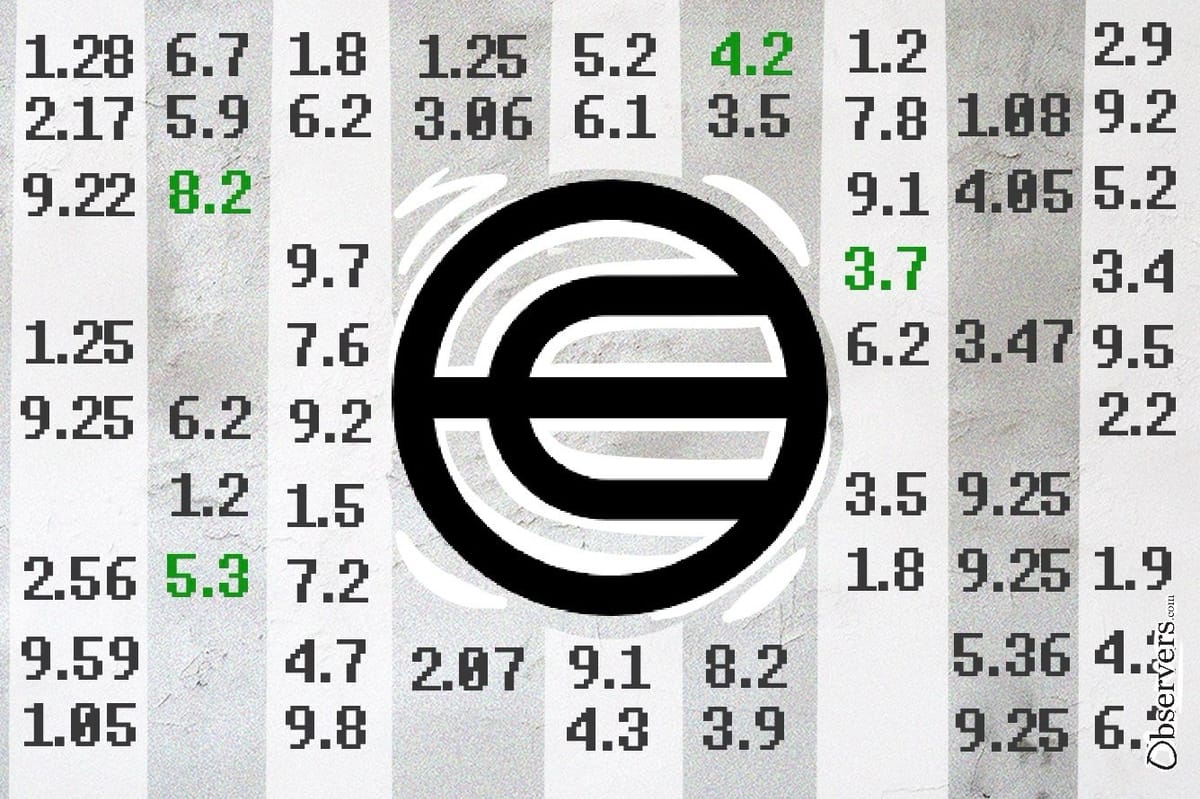
Worldcoin is under fire after a prominent crypto trader rebuked the protocol's tokenomics for it being designed to benefit VCs and project insiders over retail investors.
With the vesting period for insider WLD tokens ending on July 24, the trader behind the DeFi Squared wallet published a concerning analysis of the identity network's financial metrics.
"Worldcoin realistically might become the greatest transfer of wealth of this entire cycle. Unfortunately, this wealth transfer isn't in the form of universal basic income as their mission suggests, but instead to the pockets of the team and insiders," said the trader in a previous post on the subject.
Low Float, High FDV
Worldcoin launched last year with 1.4% of the total supply in circulation. While this is extremely low for a crypto protocol, the team claimed it was necessary because the project's aim was to become a global network, so the tokens had to be distributed evenly through time and people.
One year into the project, 278.5 million WLD tokens are on the market, representing only 2.7% of the total supply of one billion tokens.
With so few tokens circulating, the fully diluted valuation (FDV) is about $28 billion to a market cap of $802 million, indicating that WLD might be overvalued. "The manipulative low float / high FDV design is straight out of the [Sam Bankman-Fried] SBF playbook," wrote the DeFi Squared wallet investor.
In a recent market report, Binance observed that the number of crypto projects with a low float and high FDV has increased during the last year. The phenomenon is being prompted by an influx of private market capital (VCs) into crypto, aggressive valuations, and upbeat market sentiment.
Worldcoin is not just another of these projects. At 0.03, it has the lowest market cap to fully diluted valuation ratio (MC/FDV) of the top hundred cryptos.
According to the Binance report, "High valuations, coupled with constant selling pressure from token unlocks, are structurally negative for token prices."
Token Unlocks
When Worldcoin launched, the choice to distribute 23.8% of the total supply to the initial development team and early investors was considered "laudable" by people within the crypto community despite its low circulating supply already being a reason for concern.
While the percentage of total supply allocated to insiders is moderate, the timeframe for making these tokens available has sparked criticism.
The unlocking period was supposed to be two years, but earlier this week, Tools For Humanity announced it would double it—from 2024-2026 to 2024-2028. The extension alleviates WLD's selling pressure and reduces the chances of aggressive token dumps, but is it enough?
With only a small fraction of the total supply circulating, a token unlock can become very dangerous. If the demand remains stable, the assets will flood the market, leading to increasing selling pressure and a price drop.
What Next?
The financial and identity network has been shrouded in controversy since launching a year ago.
People in and outside the tech sphere have raised privacy and security concerns over the iris-scanning "Orbs" hardware's biometric data collection. Several data authorities have temporarily or permanently banned Worldcoin operations in their territories.
The project has also been criticized for unfairly taking advantage of poor people due to its onboarding strategy of handing out money "grants" to new users.
Now, it is becoming clear that while Worldcoin speaks of creating a "globally inclusive" identity and financial network," its tokenomics wasn't designed for retail investors or users with low balances and no crypto knowledge—the ones the project caters to the most—in mind.
"Make no mistake—coins like this were designed from the start to have predatory tokenomics that benefit the team and early investors."

